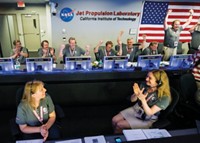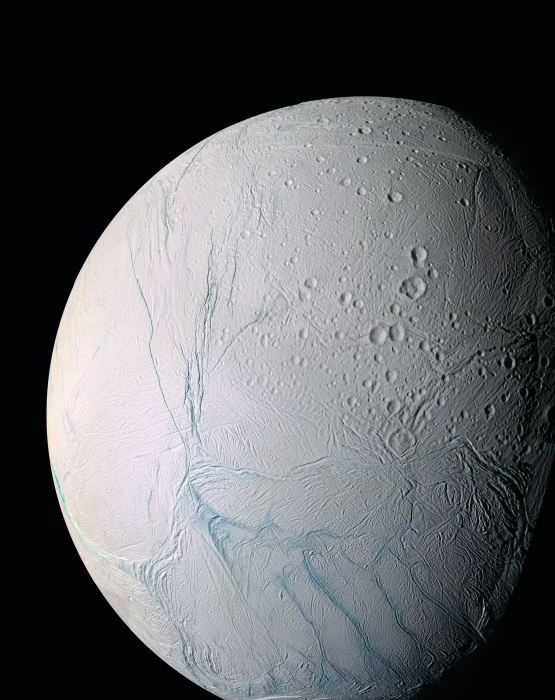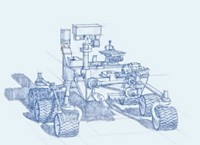Advertisement
Grab your lab coat. Let's get started
Welcome!
Welcome!
Create an account below to get 6 C&EN articles per month, receive newsletters and more - all free.
It seems this is your first time logging in online. Please enter the following information to continue.
As an ACS member you automatically get access to this site. All we need is few more details to create your reading experience.
Not you? Sign in with a different account.
Not you? Sign in with a different account.
ERROR 1
ERROR 1
ERROR 2
ERROR 2
ERROR 2
ERROR 2
ERROR 2
Password and Confirm password must match.
If you have an ACS member number, please enter it here so we can link this account to your membership. (optional)
ERROR 2
ACS values your privacy. By submitting your information, you are gaining access to C&EN and subscribing to our weekly newsletter. We use the information you provide to make your reading experience better, and we will never sell your data to third party members.
Physical Chemistry
Craft To Target Moon’s Gravity
by Elizabeth K. Wilson
August 29, 2011
| A version of this story appeared in
Volume 89, Issue 35

A pair of spacecraft, set for launch aboard the same rocket on Sept. 8, will head for the moon to study its gravity. NASA’s Gravity Recovery & Interior Laboratory (GRAIL) mission aims to assemble the most detailed map ever of the moon’s gravitational field. Such a map will allow scientists to glean information about the moon’s interior structure and composition and the evolution of its magnetism. Additionally, the data will provide insights into the moon’s heating and cooling history, as well as information about the moon’s origin. The two spacecraft will spend several months adjusting their orbits to fly in formation, one following the other. The differences in the moon’s gravity, produced by different densities and amounts of terrain, will cause the spacecraft to move toward or away from each other. The distance changes can then be translated into gravitational changes.







Join the conversation
Contact the reporter
Submit a Letter to the Editor for publication
Engage with us on Twitter